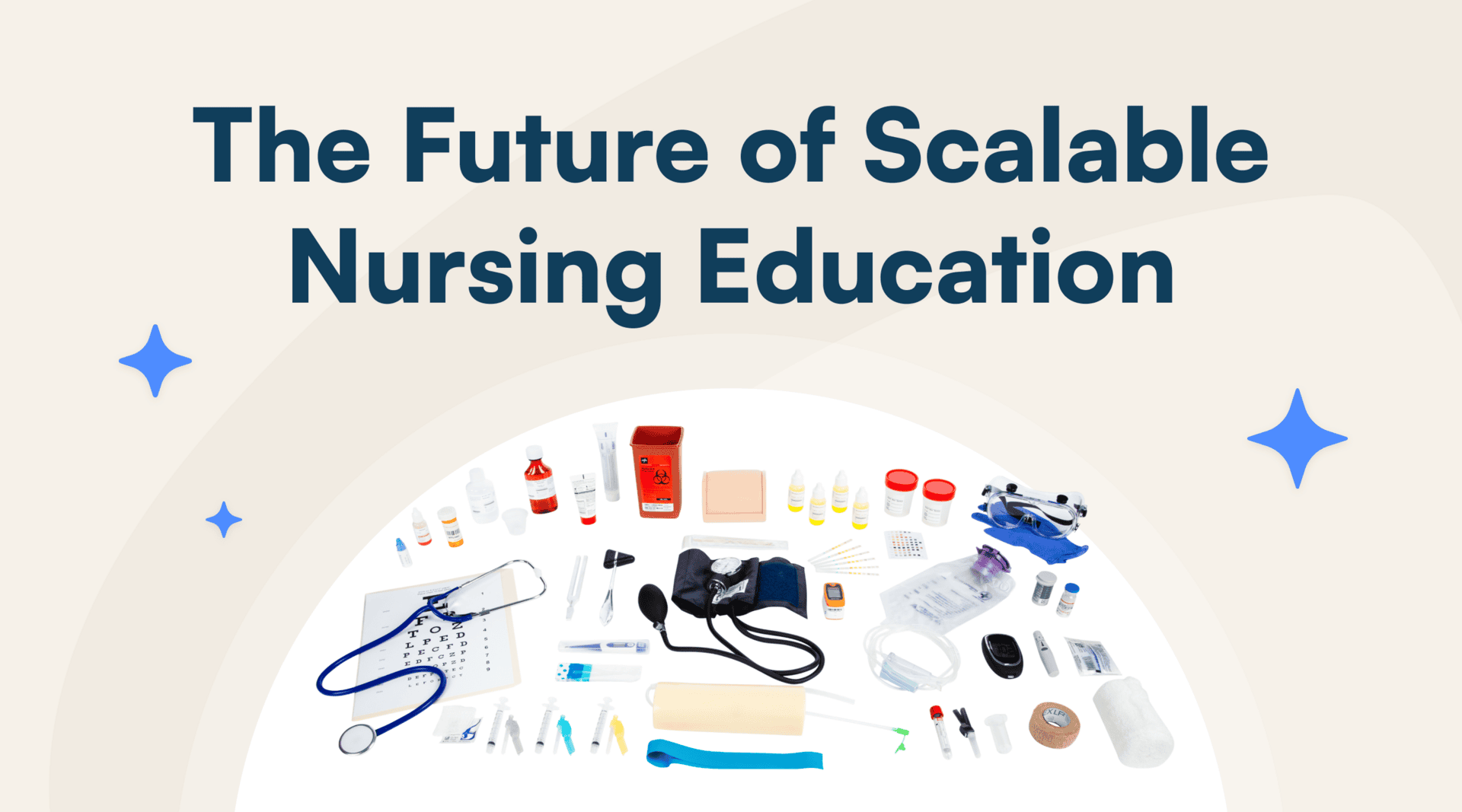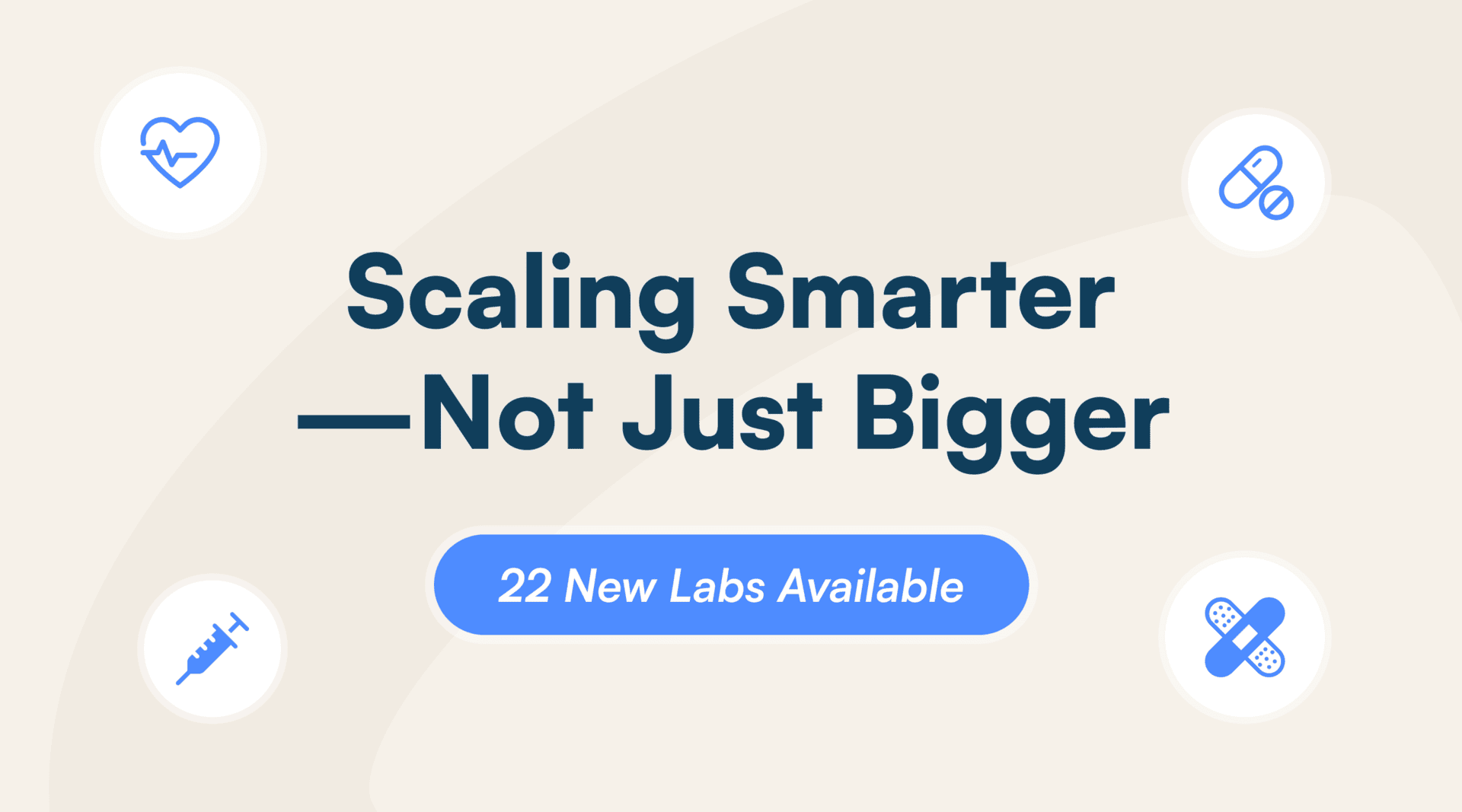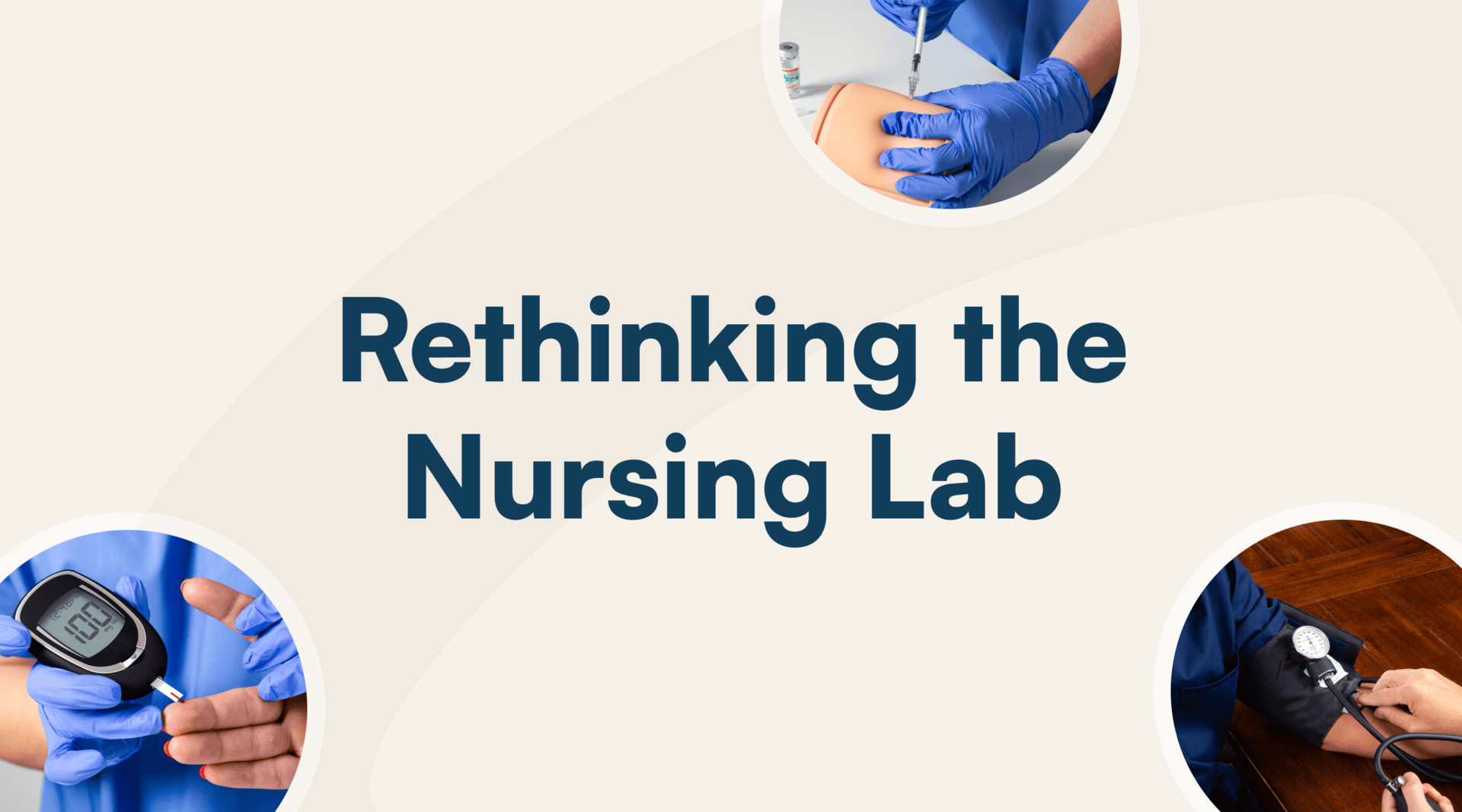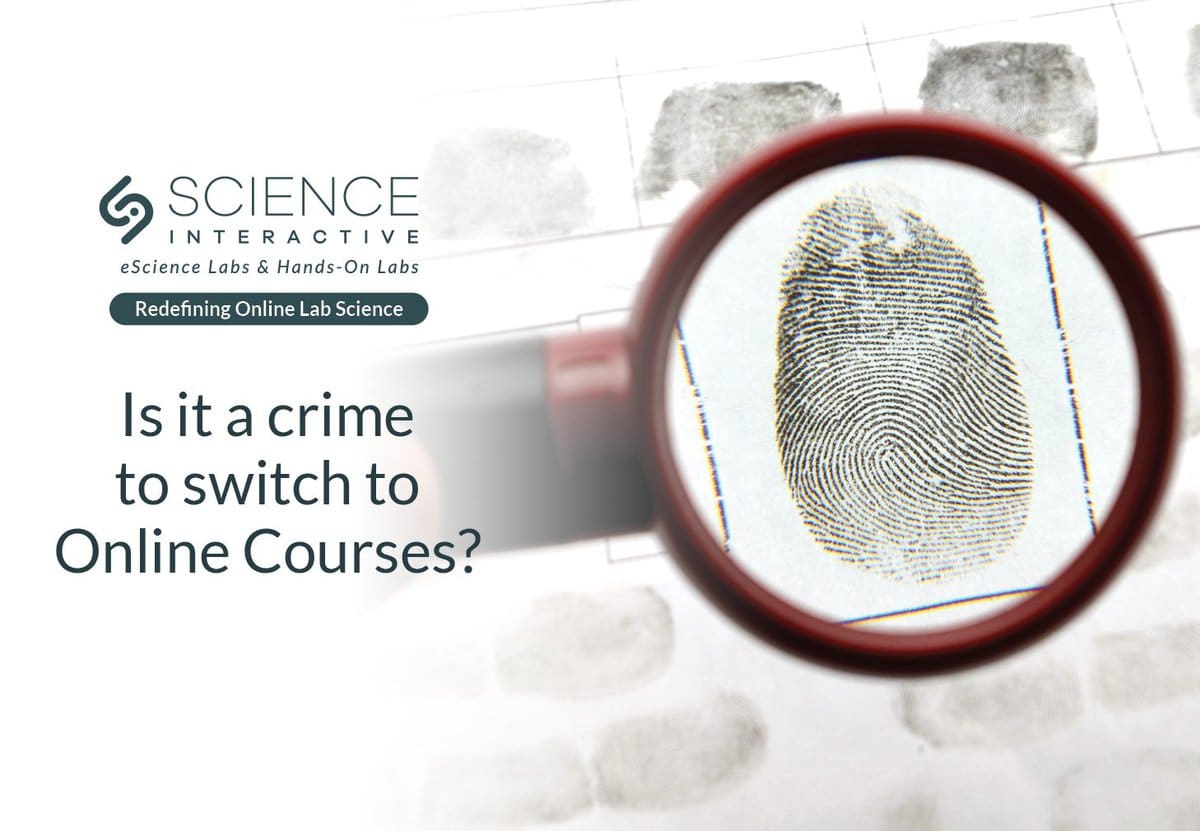This Forensic Science professor at George Mason University says, “No!”
Emily Rancourt, Assistant Director and Professor for the George Mason University Forensic Science Program, was already contemplating a transition to online courses prior to the pandemic—a surprising revelation given the former crime scene investigator personally established the very hands-on Bachelor and Master of Forensic Science programs at George Mason.
A mother of seven—five of whom were adopted with severe and terminal illnesses—Rancourt was on partial maternity leave caring for her youngest child, a three-year old in need of open-heart surgery at Stanford’s Lucile Packard Children Hospital. Across the country from her students, Rancourt was feeling the pressure of how to teach her three forensic science courses from afar given that hands-on lab work was essential to her students’ learning.
Most appealing was how Science Interactive allowed Rancourt to continue teaching her courses exactly the way she had established them in the classroom—as interactive science courses featuring a lecture followed by an informal lab. “With the at-home kits and just a few customized modifications to the Science Interactive curriculum, I’ve been able to give my students the same rigorous lessons and pediments virtually that they would have experienced in person—and with the same level of student success,” said Rancourt. “The at-home lab kits mirror the supplies and equipment students would have found in the lab, including all safety measures, and the platform allows me to add my own photos, videos, and text to customize my lessons. I can even add questionnaires to get to know my students and engage them throughout the course.”

At a loss for how to recreate a university laboratory experience online, maintain a platform to host her curriculum, and get the necessary lab items into the hands of her students, Rancourt turned to the internet in search of education technology solutions and discovered Science Interactive. After comparing several companies that offered distance learning in the sciences, Rancourt was sold on Science Interactive’s course customization, lab management platform SI Cloud, and state-of-the-art lab kits delivered directly to students’ doors.
Collecting assignments and grading have also been easier for both parties, making it the ultimate digital teaching tool. “Students no longer have to submit their assignments via Dropbox, I no longer have to take the time to download them, nor do my students have to wait for feedback,” said Rancourt. “The Science Interactive lab management platform provides students with immediate assessments and tracks their progress using built-in analytics—a huge timesaver!”
Rancourt has been especially appreciative of Science Interactive’s instructor support. “When I was searching for the right distance learning solution, I was caring for my very sick daughter in the hospital in California,” said Rancourt. “I had a lot of questions for Science Interactive, and instructor support couldn’t have been more accommodating and understanding of my situation.
My distance learning specialist gave me her cell phone number so I could call at odd hours and even on weekends to get my questions answered. I knew this was the company for me.”
That level of customer service didn’t end when the pandemic hit and Rancourt began teaching her forensic science courses via Science Interactive. Rancourt was pleased that she could continue her teaching style with a lecture/lab combination. “The only challenge in our first semester Forensics launch was not having access to a virtual microscope,” said Rancourt. “With some students having microscopes at home and others not, it created an uneven playing field, and I couldn’t grade fairly. The curriculum team at Science Interactive was receptive to my feedback, and a virtual microscope is now included in the recently launched Forensics content.”
It’s not just Rancourt who raves about the benefits of distance learning via Science Interactive. Her students have also given positive feedback through course evaluations. “My students report that they actually prefer distance learning to in-person learning,” said Rancourt. “With the Science Interactive at-home kits, my students can choose exactly when they want to engage and at what pace. I have students who choose to get through three weeks of class in a weekend to focus on work during the week as well as students who do the opposite to focus on family and hobbies on the weekends.”
When asked if she’ll embrace education technology indefinitely, Rancourt’s answer is an emphatic yes. “My nine-year-old son just received a lifesaving heart transplant after a taxing eight month wait,” said Rancourt. “Science Interactive has allowed me to be 100% there for him in the hospital while still being 100% there for my students. With the flexibility, support, and customization that Science Interactive offers, I’m not only a better professor—I’m a better time manager and mother.”

“I’ll admit I was one of the biggest opponents to distance learning and online degrees,” said Rancourt, “but what Science Interactive has taught us at George Mason is that we can not only perform our jobs virtually, but we can do them quite well.”
Discover more articles

Science Interactive Launches New Nursing Fundamentals

What Clinical-Ready Actually Looks Like (And How to Get There Sooner)


